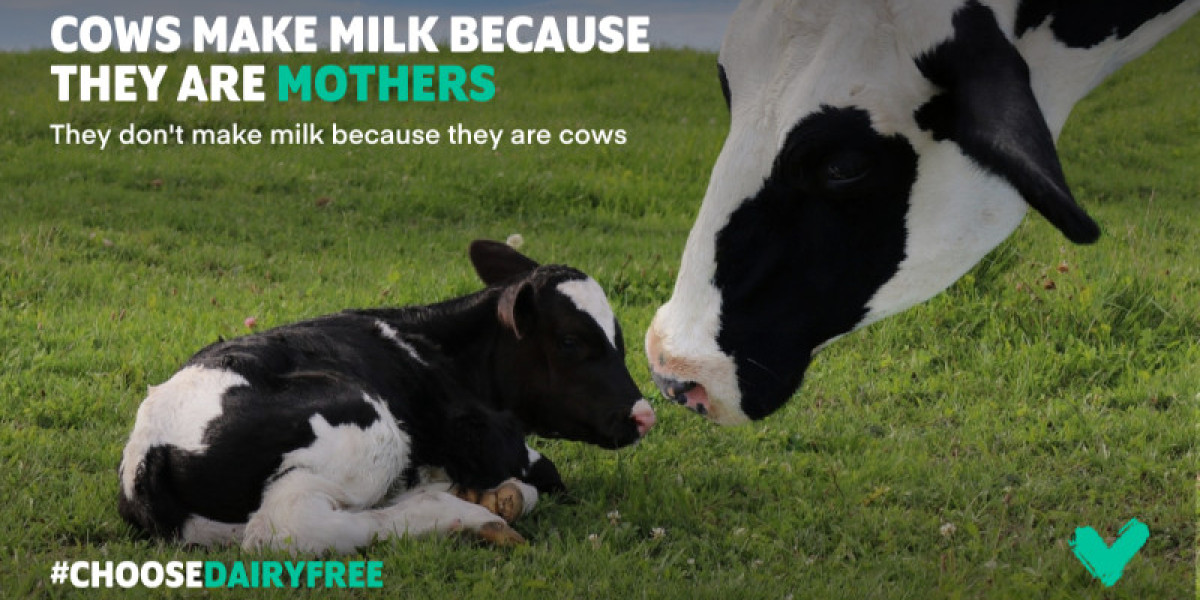Slaughterhouse horrors is a term that encapsulates the extreme cruelty and suffering animals endure during the process of being slaughtered for meat. Despite regulations meant to ensure humane treatment, the reality inside many slaughterhouses is far from kind. This article aims to bring to light the disturbing practices that contribute to the slaughterhouse horrors and the urgent need for change.
The journey to the slaughterhouse itself is often filled with distress for animals. Transported in overcrowded, poorly ventilated trucks, animals travel long distances without adequate food, water, or rest. This leads to extreme stress, dehydration, and injuries. The conditions during transport are just the beginning of the slaughterhouse horrors animals face.
Upon arrival, animals are herded into holding pens, where they await their fate. The overcrowding continues, and the atmosphere is filled with the sounds and smells of fear and death. Many animals can sense what lies ahead, adding to their stress and anxiety. The handling practices in these facilities often involve rough treatment, with animals being prodded and pushed, further intensifying the slaughterhouse horrors.
In theory, regulations require that animals be stunned before slaughter to minimise pain and distress. However, in practice, these stunning methods are often poorly executed. Mis-stunning occurs frequently, leaving animals conscious as they are slaughtered. The speed of the slaughter lines, driven by the demand for efficiency and profit, exacerbates this issue. Workers are under pressure to process as many animals as quickly as possible, leading to mistakes and inhumane practices.
The actual process of slaughter is where the slaughterhouse horrors reach their peak. Animals are hung upside down, their throats are cut, and they are left to bleed out. In many cases, due to ineffective stunning, animals remain conscious during this process, experiencing immense pain and terror. The sight of other animals being slaughtered in front of them adds to their distress. The scale of suffering in these moments is unimaginable.
Slaughterhouse workers themselves are often victims of this brutal industry. The high-paced, high-stress environment takes a toll on their physical and mental health. Many workers suffer from injuries, psychological trauma, and desensitisation to violence. This harsh reality further underscores the systemic cruelty inherent in the meat industry.
Consumers have a powerful role in addressing the slaughterhouse horrors. By opting for plant-based alternatives or sourcing meat from farms that prioritise humane treatment, consumers can reduce the demand for inhumanely produced meat. Supporting local farmers who practice ethical slaughter and prioritise animal welfare is another way to combat slaughterhouse horrors. Raising awareness about these issues can empower others to make compassionate choices.
Government regulations and enforcement must be significantly strengthened to address slaughterhouse horrors. Stricter oversight, better training for workers, and the implementation of humane practices are essential steps. Transparency within the industry is crucial, allowing consumers to make informed decisions based on the treatment of animals.
In conclusion, slaughterhouse horrors is a grave ethical and welfare concern that demands immediate attention. The inhumane treatment of animals during transport, handling, and slaughter highlights the urgent need for reform. By making informed choices and advocating for stricter regulations, we can work towards a more humane and ethical meat industry. Addressing these issues is vital for the welfare of animals and the integrity of our food system.



